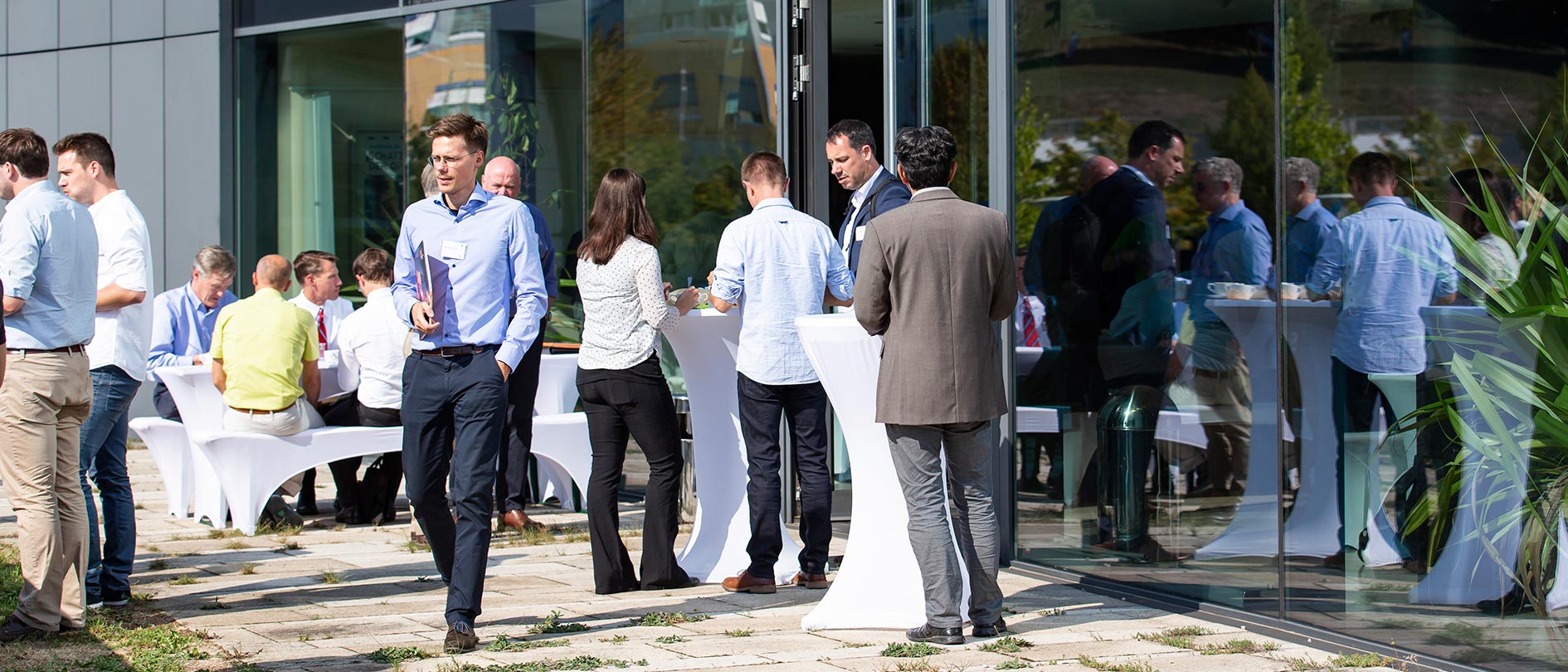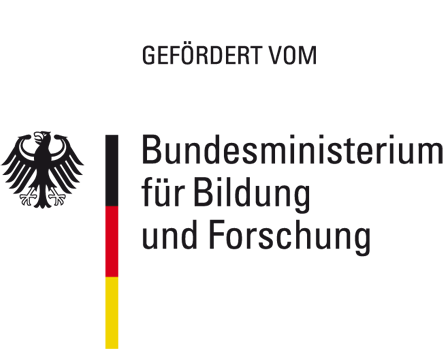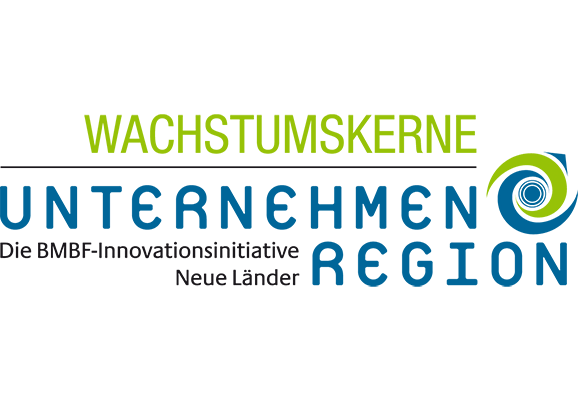Technology • Projects
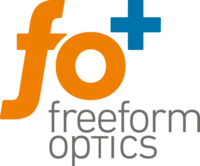
Innovative FreEform technologies
Since August 1, 2018, 9 companies and 2 research institutes have been working on the development of freeform optical systems, focusing on the spectral broadband UV-VIS-IR range. As a result, freeform optics for broader applications and production in higher quantities are to be developed, which will enable the development of new markets.
The three-year project builds on the very successful cooperation of the partners in the growth core fo+, which was awarded the Science Prize of the Stifterverband für Verbundforschung in May 2018. The total project volume amounts to almost EUR 27 million.
The project is funded by the Federal Ministry of Education and Research (BMBF) within the framework of the »Innovative Regional Growth Cores« programme. OptoNet manages the office of the growth core.
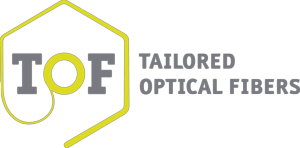
Innovative OptiCAL FIBERS
18 companies and three research institutes form the innovative regional growth core ›Tailored Optical Fibers‹ [TOF]. They are developing a joint technology platform for tailor-made special fibers for new applications by mid 2020.
In the long term, the cooperation will not only result in innovative high-tech products such as high-temperature fibers for raw material exploration, fiber sensors for minimally invasive surgery or smart illuminated surfaces for vehicle interiors, but also in a network that will provide tailored solutions for individual customer requirements in other market segments.
The project is funded by the Federal Ministry of Education and Research (BMBF) within the framework of the programme »Innovative Regional Growth Cores«. OptoNet manages the office of the growth core.
Alliance partners
- Fraunhofer IOF
- active fiber systems GmbH
- FBGS Technologies GmbH
- heracle GmbH
- piezosystem jena GmbH
- LASOS GmbH
- LEJ Leistungselektronik JENA GmbH
- Leibniz IPHT
- GRINTECH GmbH
- Fibotec Fiberoptics GmbH
- VACOM GmbH
- F.J. Rammer GmbH
- Otto-Schott-Institut (OSIM)
- intros Medical Laser GmbH
- ITP GmbH
- j‑fiber GmbH
- JSJ Jodeit GmbH
- QSIL GmbH
- Peterseim Strickwaren GmbH
- Saveway GmbH & Co.KG
- Spengler & Fürst GmbH & Co. KG
The improvement of imaging performance by reducing surface ripple (so-called ›medium-frequency errors‹) on sophisticated optical components is one of the core objectives of the project. In addition, unified formalisms for description are to be derived for all aspects of the development of free-form optics – from optical design to metrology. Results and methods of the research project aim at a time and cost effective production chain of high-precision freeform lenses and freeform mirrors with minimal deviations over the whole range of relevant spatial frequencies (shape, waviness, and micro-roughness). The project is the result of the OptoNet internationalization project [GloWIN] and is funded by the German Federal Ministry of Education and Research.
Microfluidics and lab-on-chip systems are key technologies for simplifying, miniaturising and accelerating analyses in the life sciences, thus bringing them from the laboratory to the point of care. Classical microfluidic systems are based on continuous volumes of analyte which are pumped through appropriate channels into reaction chambers. However, modern digital microfluidics offer completely new possibilities for manipulation (moving, mixing, separating, feeding, discharging) and optical excitation or analysis. The project [Digifluidics] paves the way to a cost-effective, digital and flexible manufacturing approach for digital microfluidics using an innovative inkjet technology. Complete and optically transparent electrowetting structures can be printed on injection-molded microfluidic substrates, thus combining two low-cost manufacturing technologies to produce digital microfluidic systems. The project is the result of the OptoNet internationalization project [GloWIN] and is funded by the German Federal Ministry of Education and Research.
Project partners
